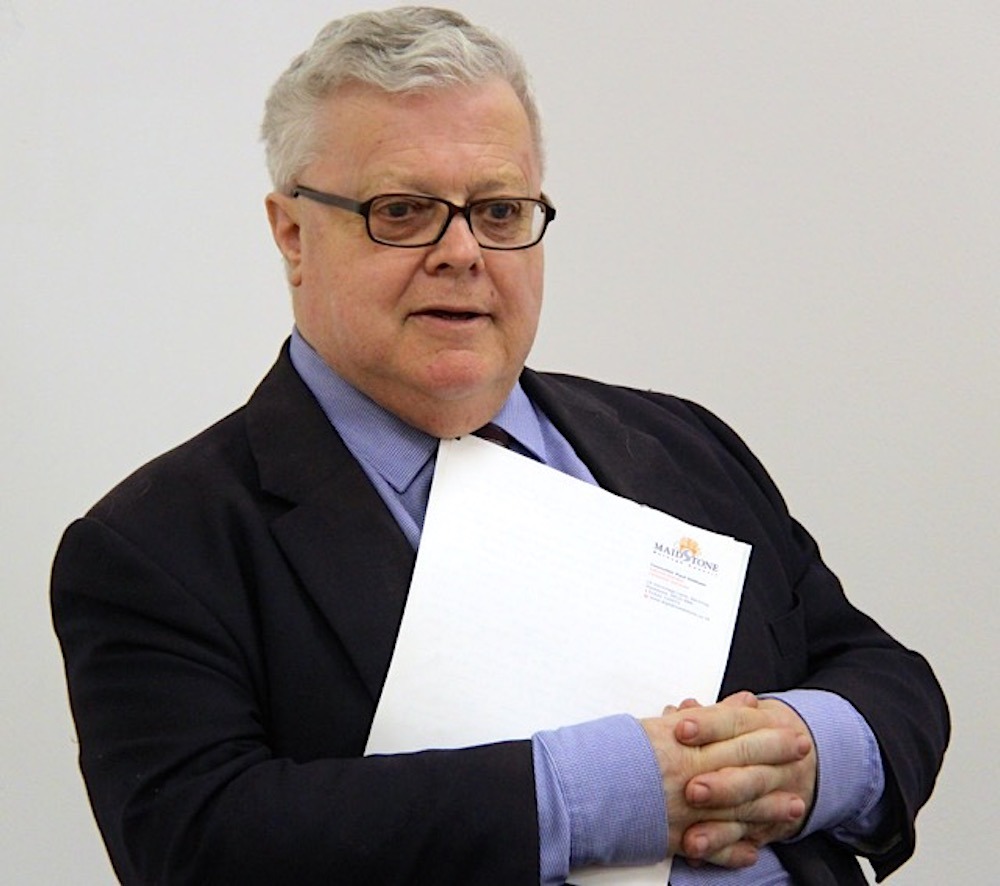WHY MAIDSTONE?
The Archbishops of Canterbury played a key role in making Maidstone the prominent town it is today.
Paul Oldham’s fascinating talk on Thursday July 7th “Why Maidstone – Why Not Aylesford?” answered the question as to why Maidstone became bigger than its western neighbour and gained County Town status. Maidstone was the “Gateway to the Weald,” with a Roman road running from Rochester, through Maidstone – Week Street, Gabriel’s Hill, Stone Street – to the Weald. The Archbishops enjoyed “fabulous” wealth through substantial landholdings, invested locally and encouraged the rise of entrepreneurial tradespeople.
The Market Square – the largest in Kent and known to us now as Jubilee Square – was created to satisfy commercial and customer demand. Daniel Defoe called it “the best market in Kent.” Churches operated markets, even on Sundays. Archbishops travelled around the county with a 100-strong entourage, all needing feeding, clothing, and sundry services. Maidstone was not originally a “bridge town” as its main axis was North-South, not, as it would become, East-West. A Medway bridge was built to enable market customers to come from the west – a business decision.
Canterbury was not considered for County Town status as it was situated too far to the East at a time when Kent extended to the now London boroughs embracing Blackheath, Greenwich and Deptford. It was also a City and County in its own right until 1974. Aylesford was situated similarly to Maidstone – on the River Medway – but did not have the Archbishop’s patronage. It had a market square that was much smaller. Maidstone traders were also more “sharp=elbowed” than Aylesford’s, Mr Oldham claimed. Aylesford had no major sponsor like the Archbishop, was therefore usually short of money and in time the market died. And thus faded Aylesford’s chance of being a rival to its easterly neighbour.
Mr Oldham concluded his talk with a commitment to making more of the wealth of archaeology housed in Maidstone Museum. The William and Edith Oldham Wealth Charitable Trust has generously pledged financial support for an exciting new gallery that also has the backing of Maidstone Borough Council. MMF will be involved in fund-raising from local sources to match the Trust’s likely contribution and help the project complete by its 2024 target date.

